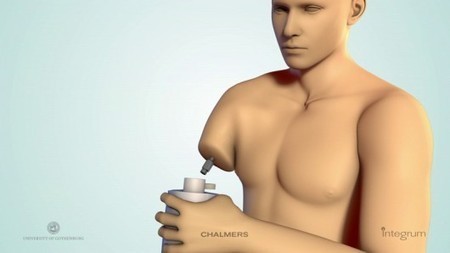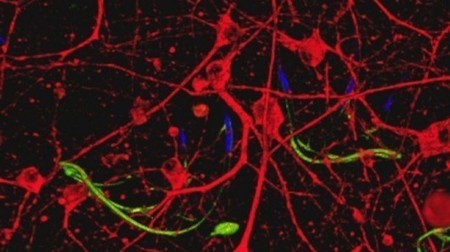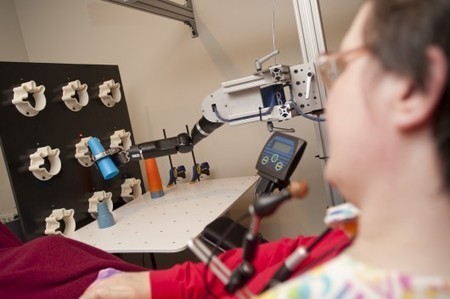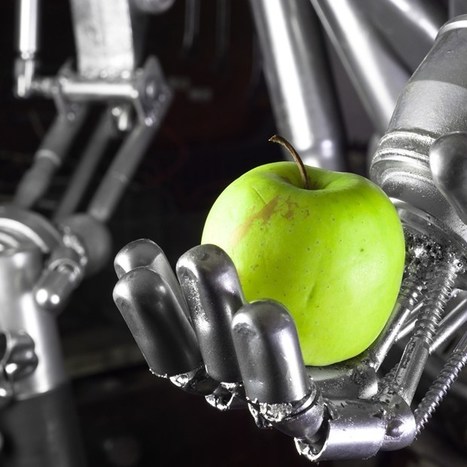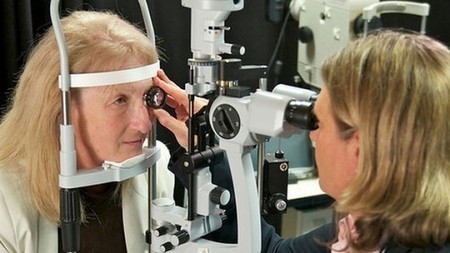It took some time, but the age of the cyborg is upon us. For the first time, neuromuscular electrodes that enable a prosthetic arm and hand to be controlled by thought have been permanently implanted into the nerves and muscles of an amputee. The operation was carried out recently by a surgical team led by Dr Rickard Brånemark at Sahlgrenska University Hospital in Goteborg, Sweden.



 Your new post is loading...
Your new post is loading...

